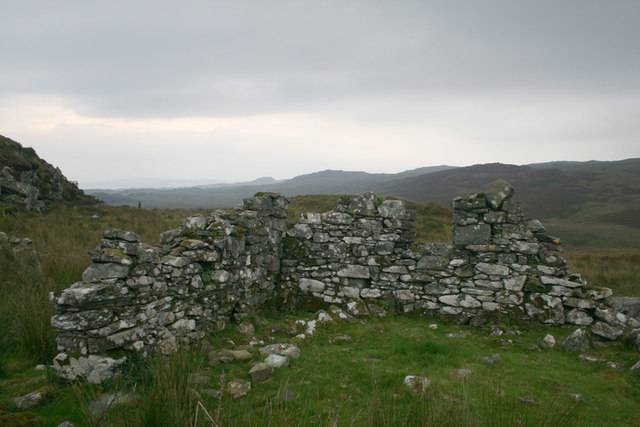Solum, the plague village on Islay
Becky Williamson
Solum, the plague village on Islay
All over Islay, there are the ruins of villages and homesteads, reminders of a time when the population was higher and more evenly spread across the island.
In many cases there were clearances with the crofters being forced onto marginal plots of land by the sea or emigration, which saw a dramatic fall in Islay’s population between 1831 and 1881. However, in the hills north of Ardbeg, Solam, on the Calumkill estate, has a very different history: it is known as the ‘plague’ village, its story told on a plaque situated nearby.
Local tradition has it that in the late eighteenth century, ship-wrecked sailors cared for by the villagers left them a mother-of-pearl necklace in thanks for their kindness and that the necklace harboured the germs of a plague that killed them all. At first the sick villagers were isolated with neighbours bringing food daily, leaving it a safe distance. Then when the food was found to be no longer eaten, the village was burned to kill off the plague.
Solam was eventually rebuilt and the plague returned but this time the people survived, as shown by census records in the nineteenth century, well after the plague.
More information on visiting the area can be found here.
